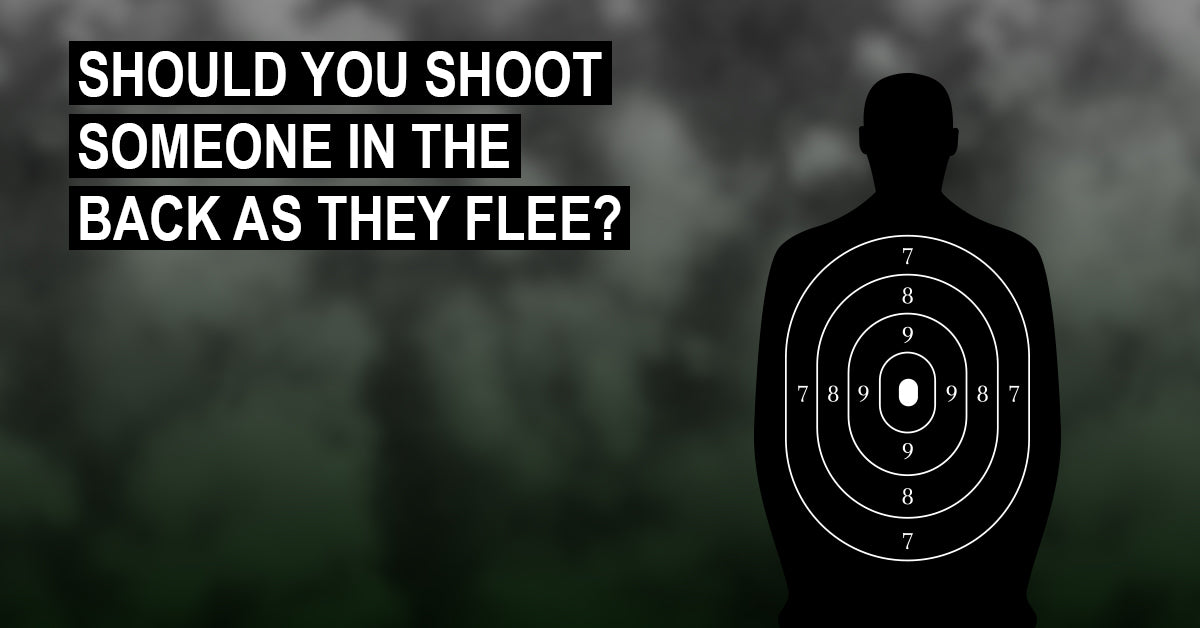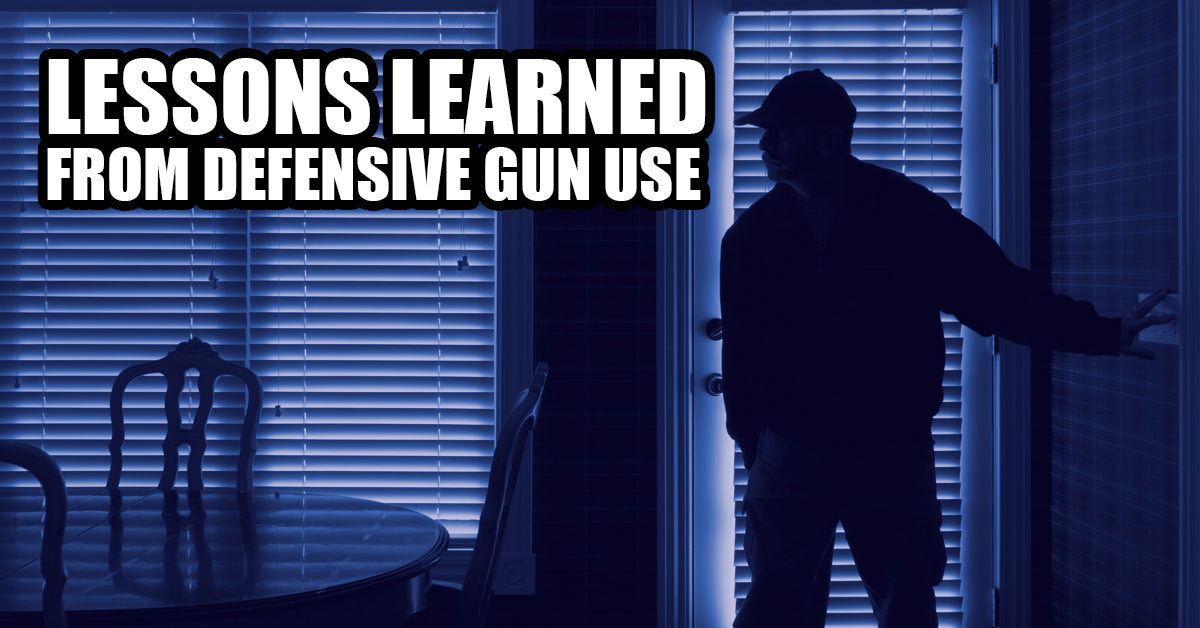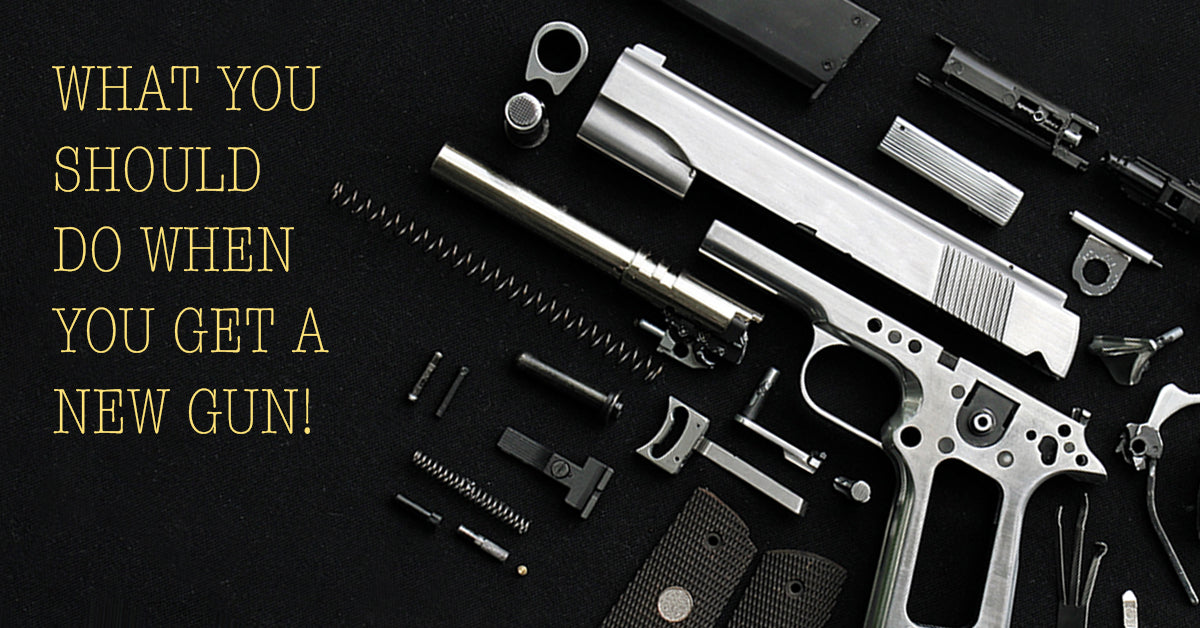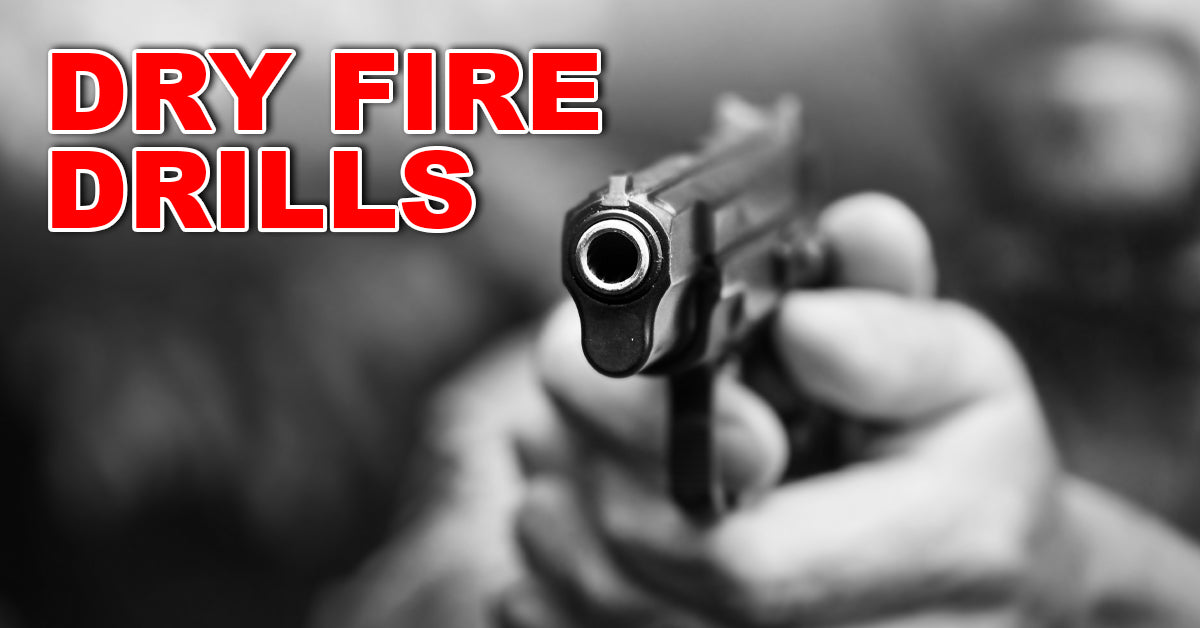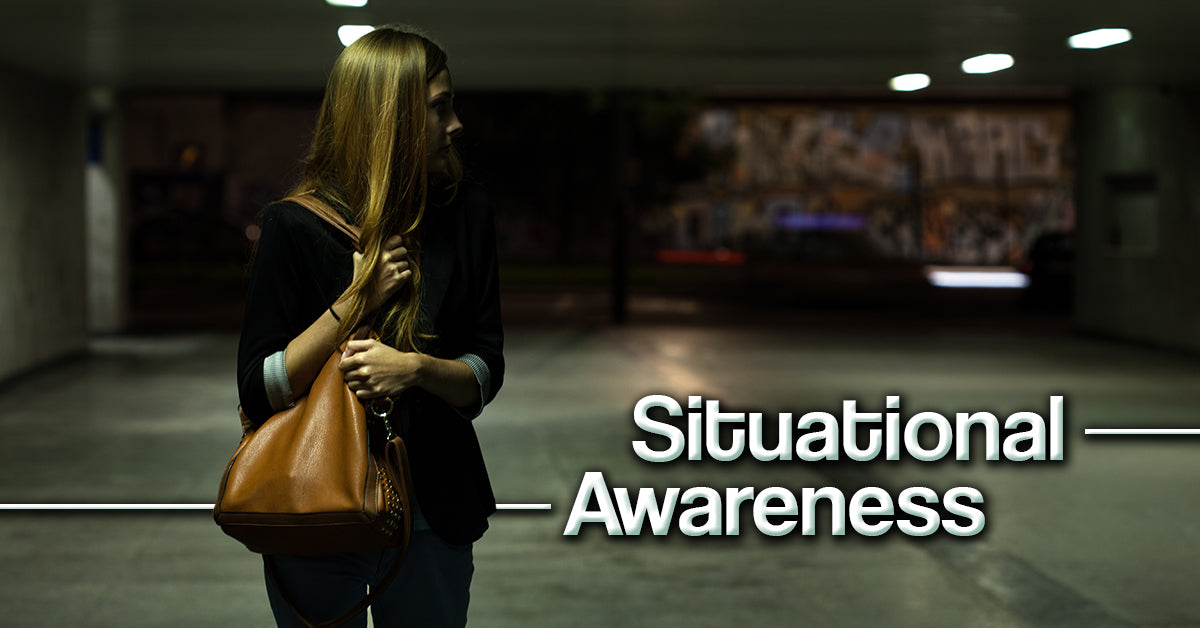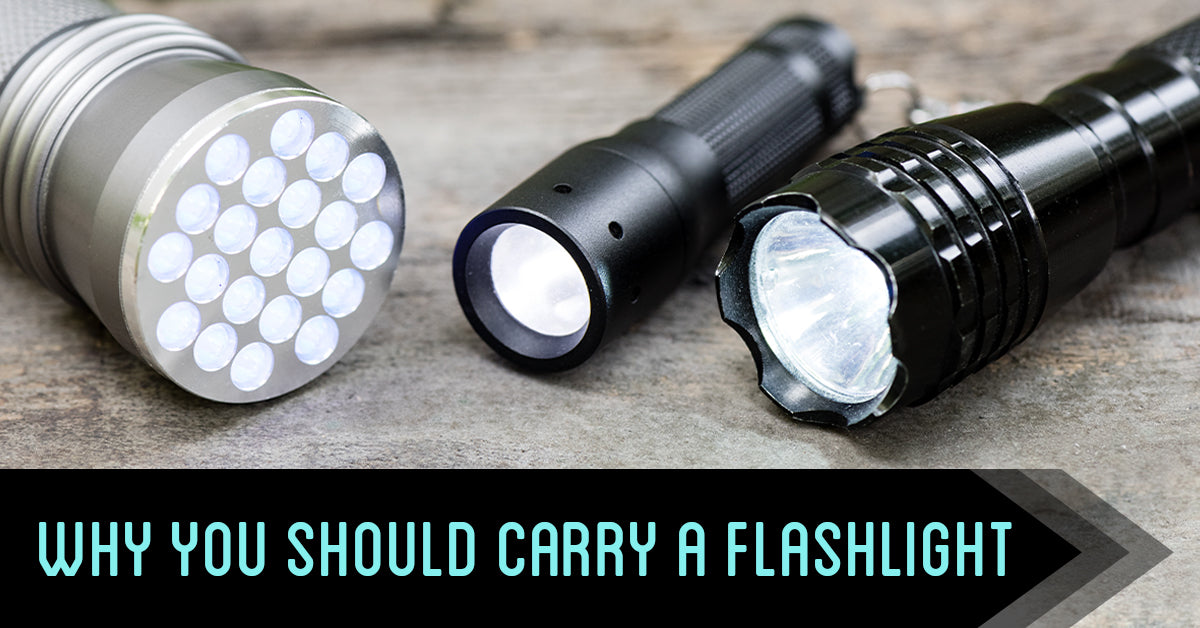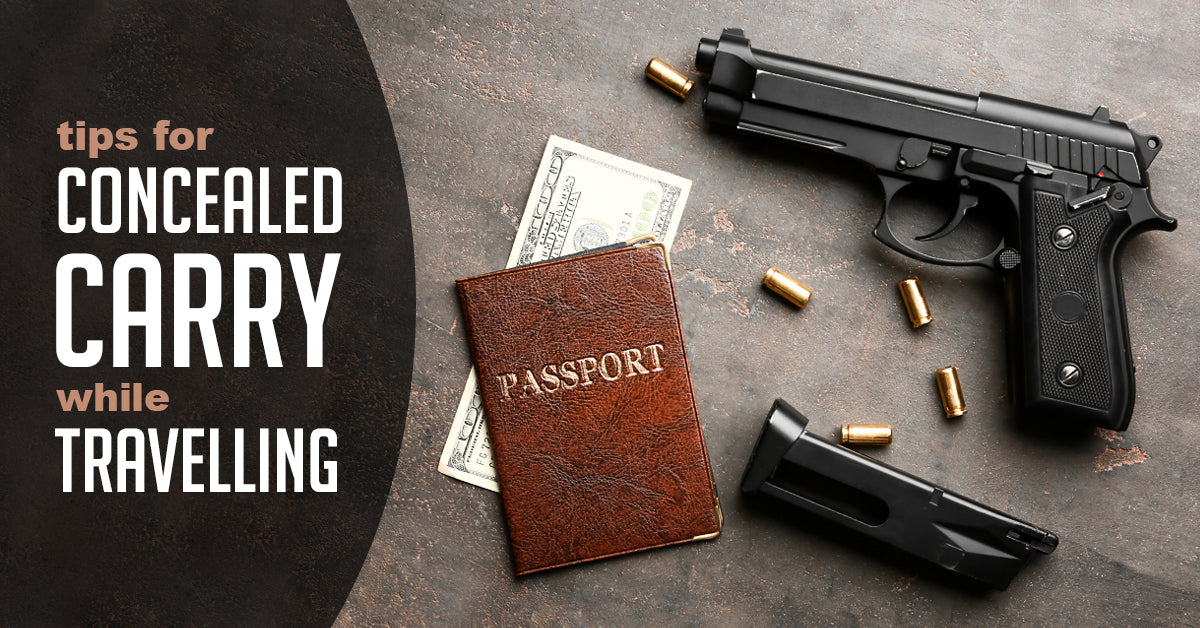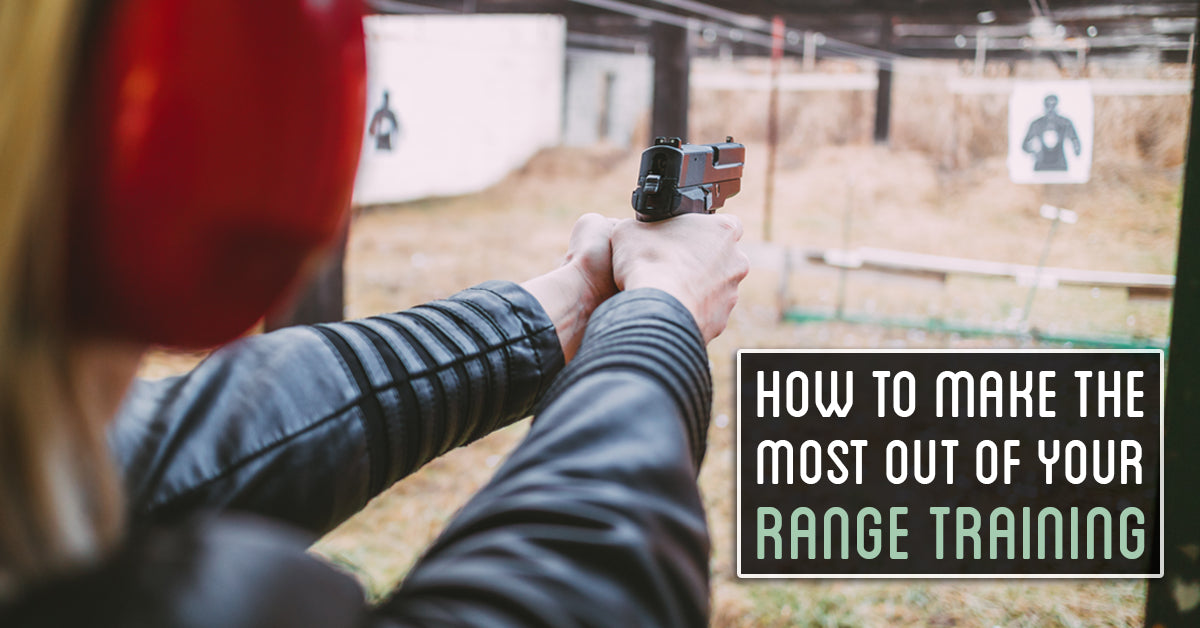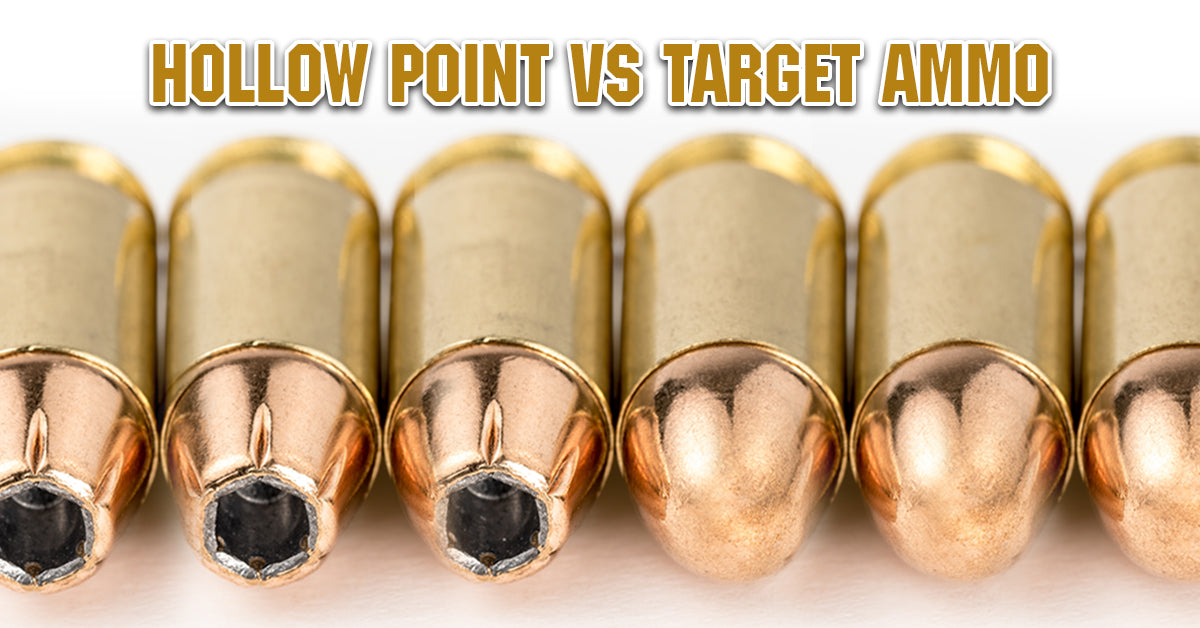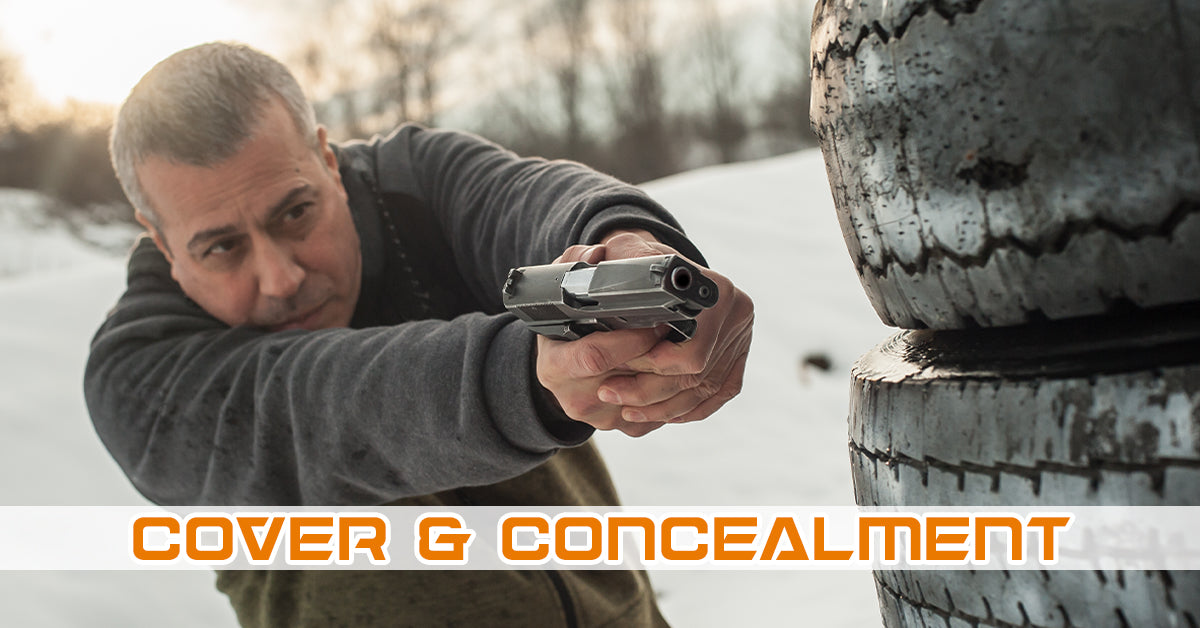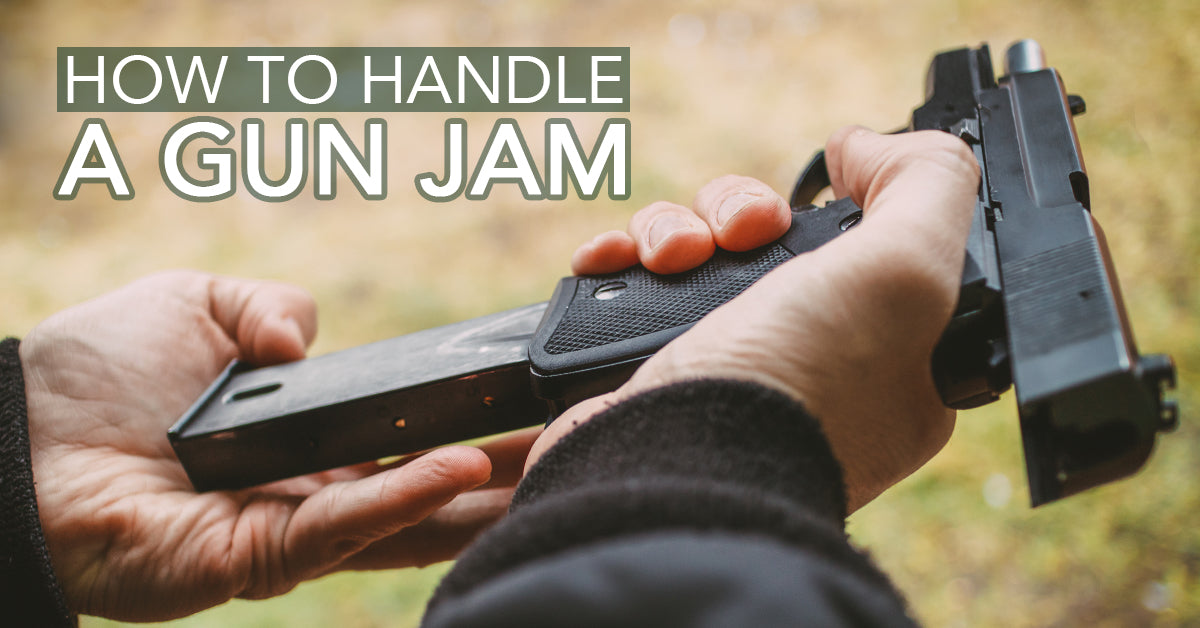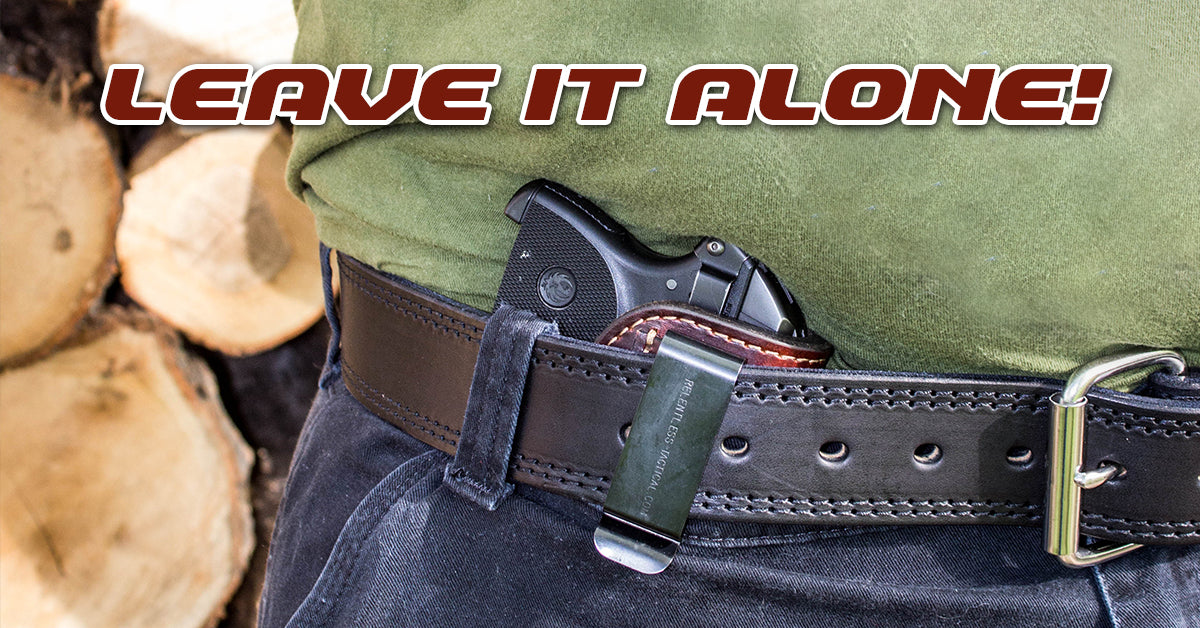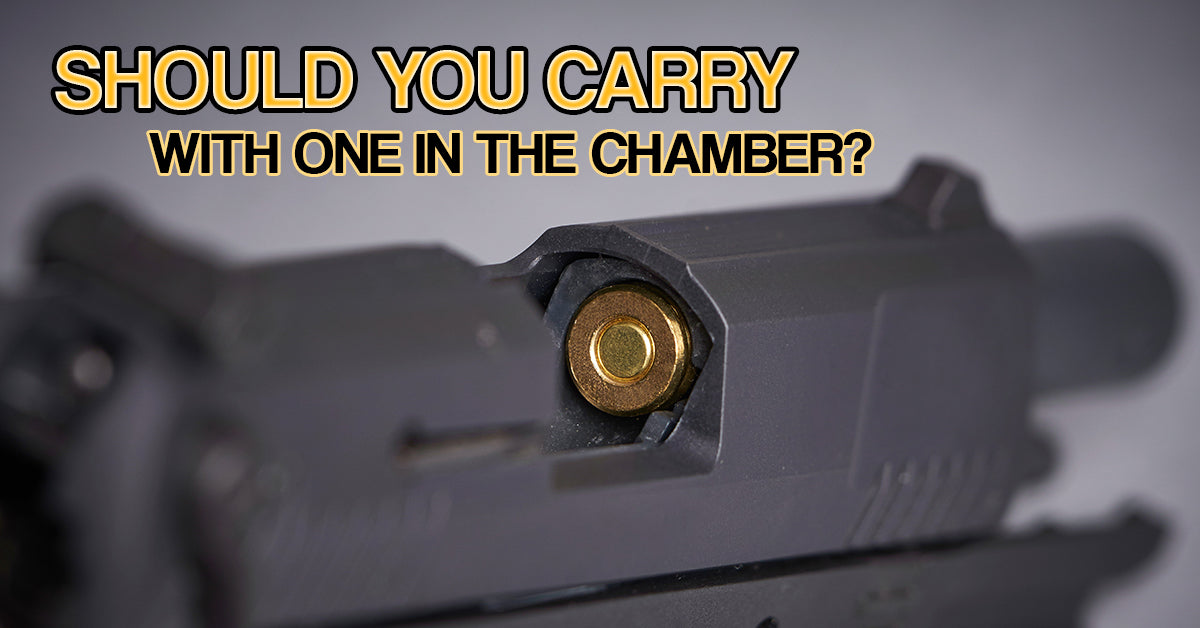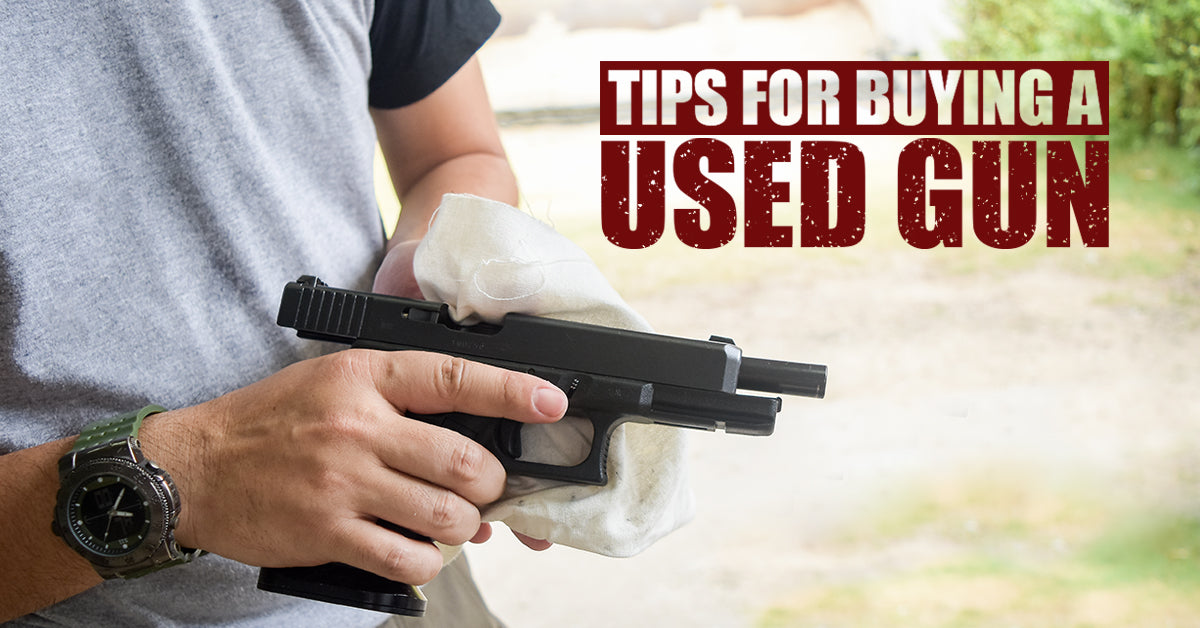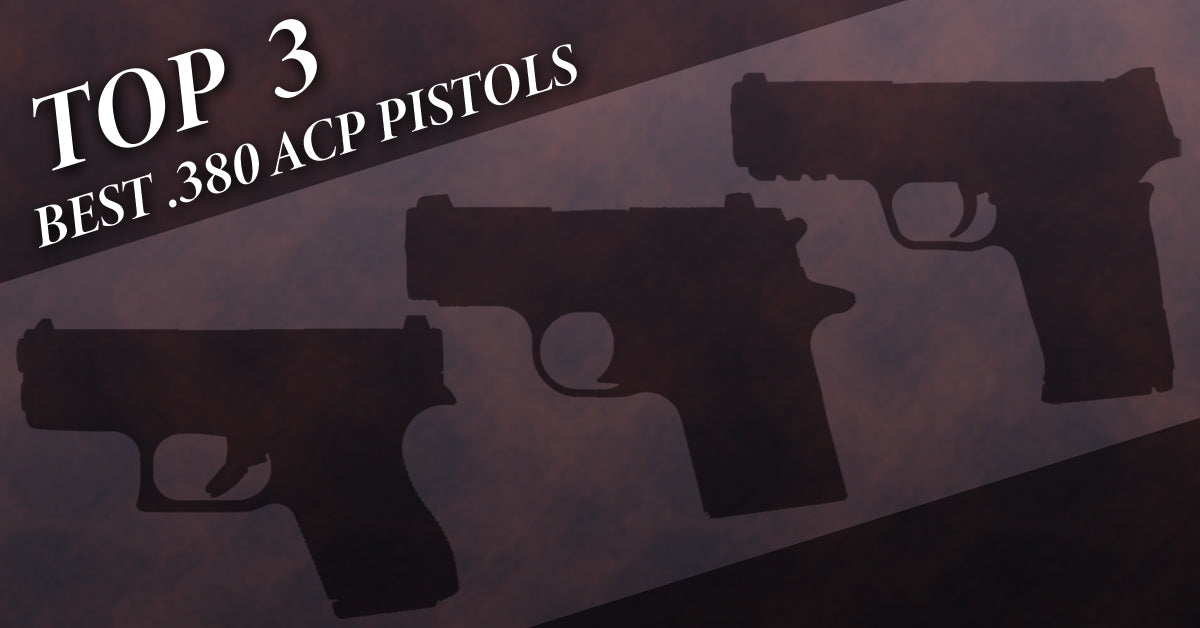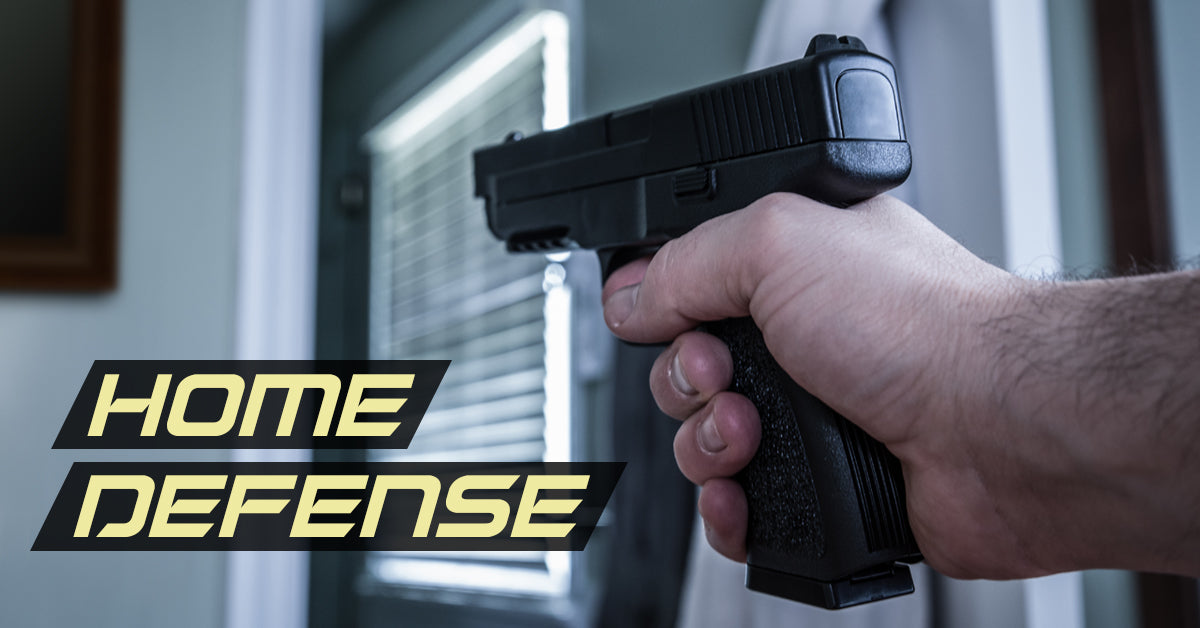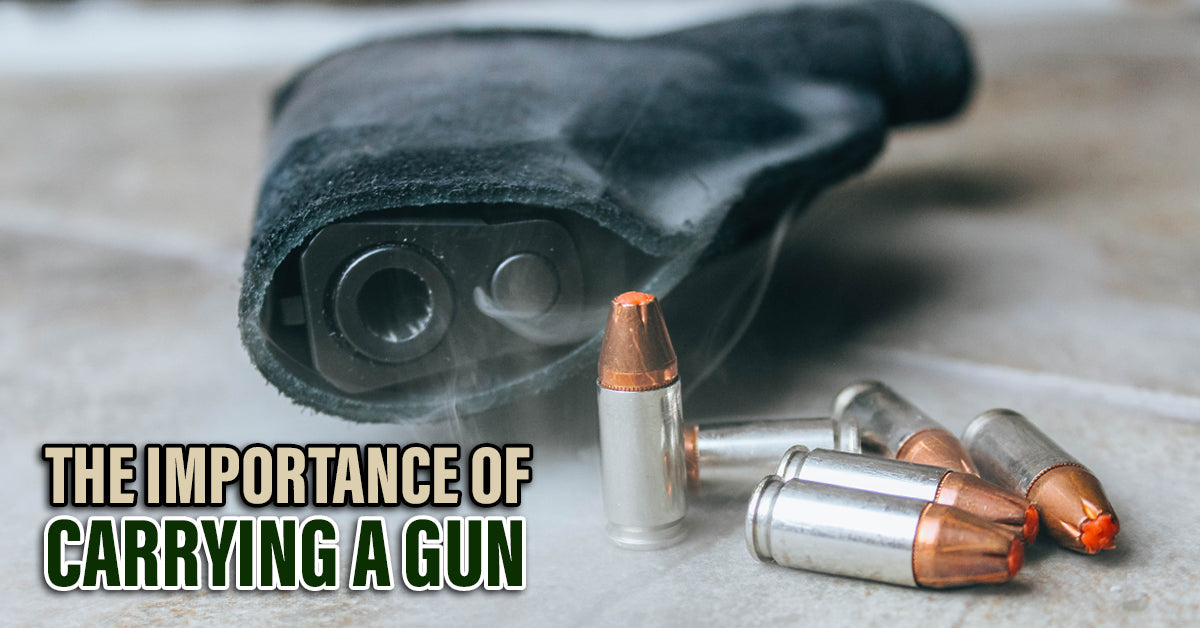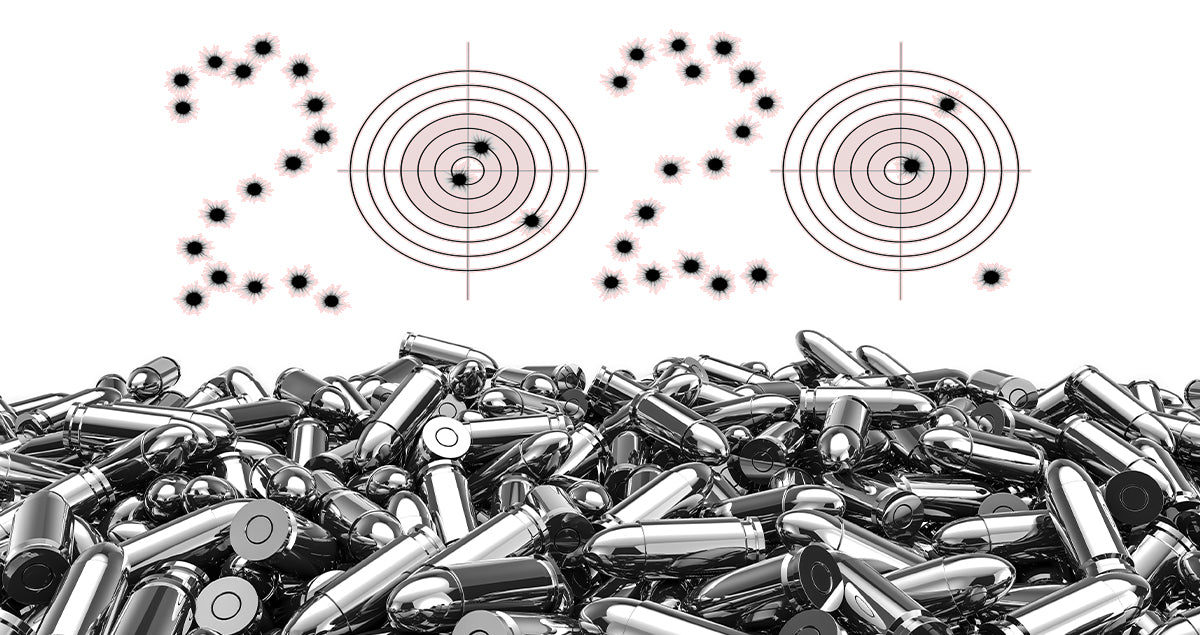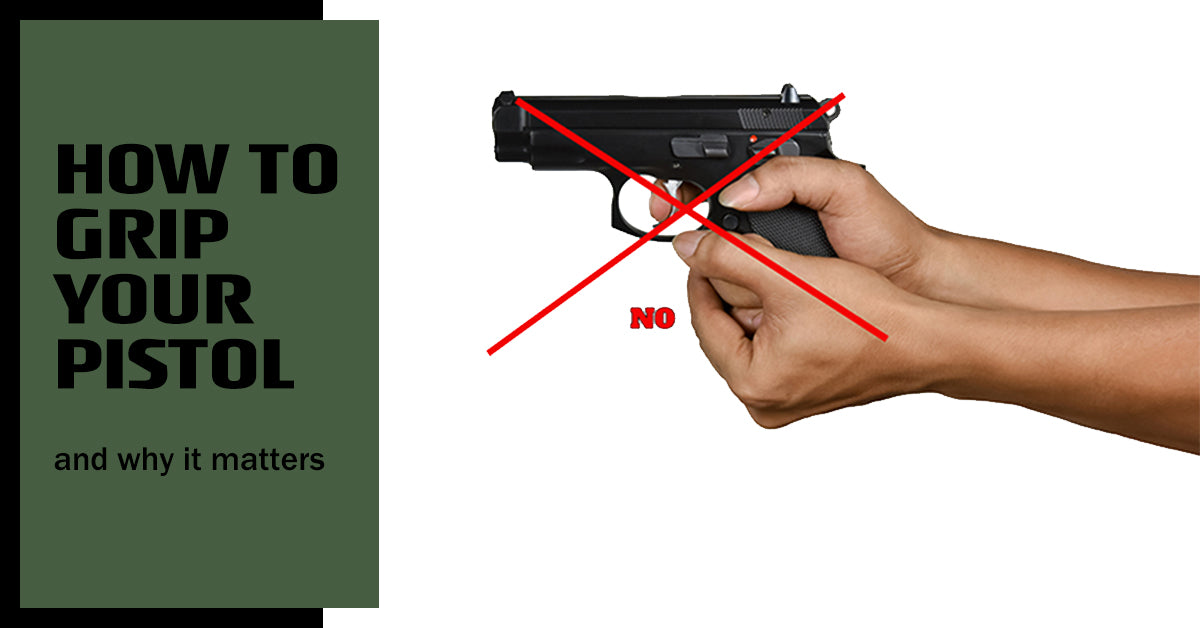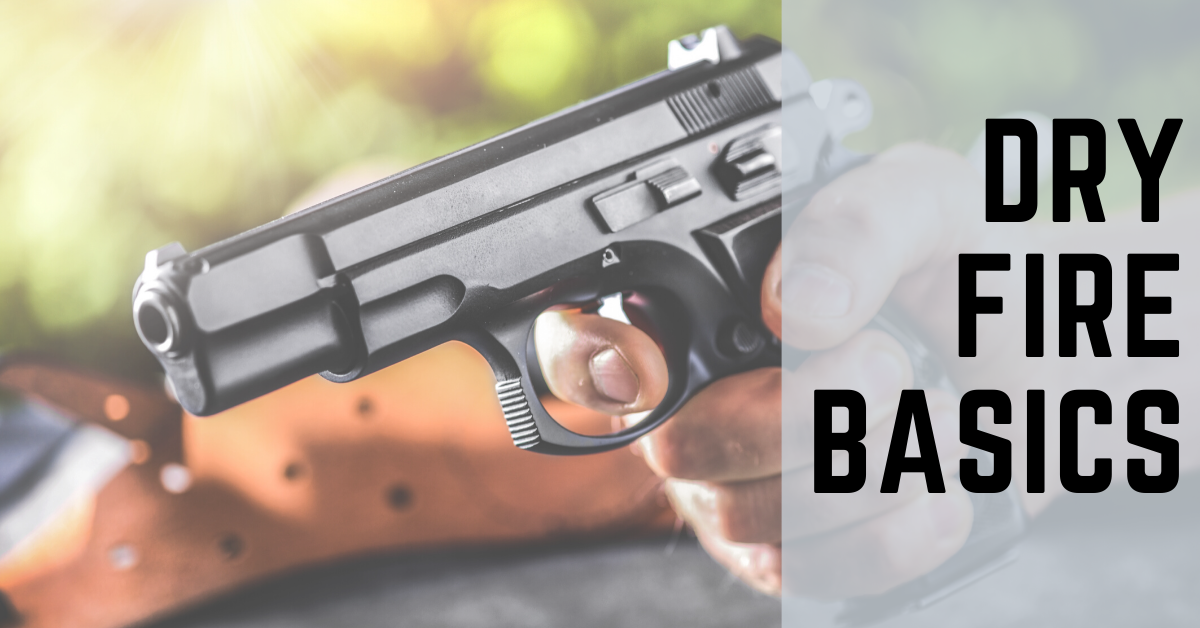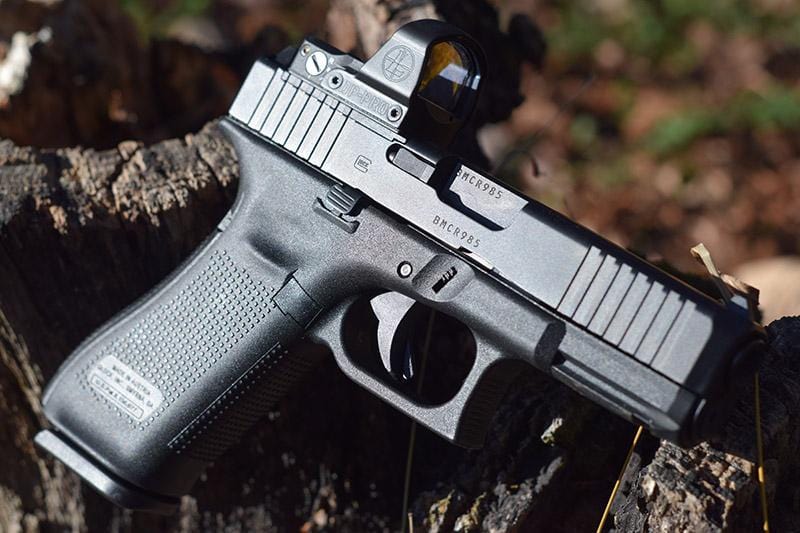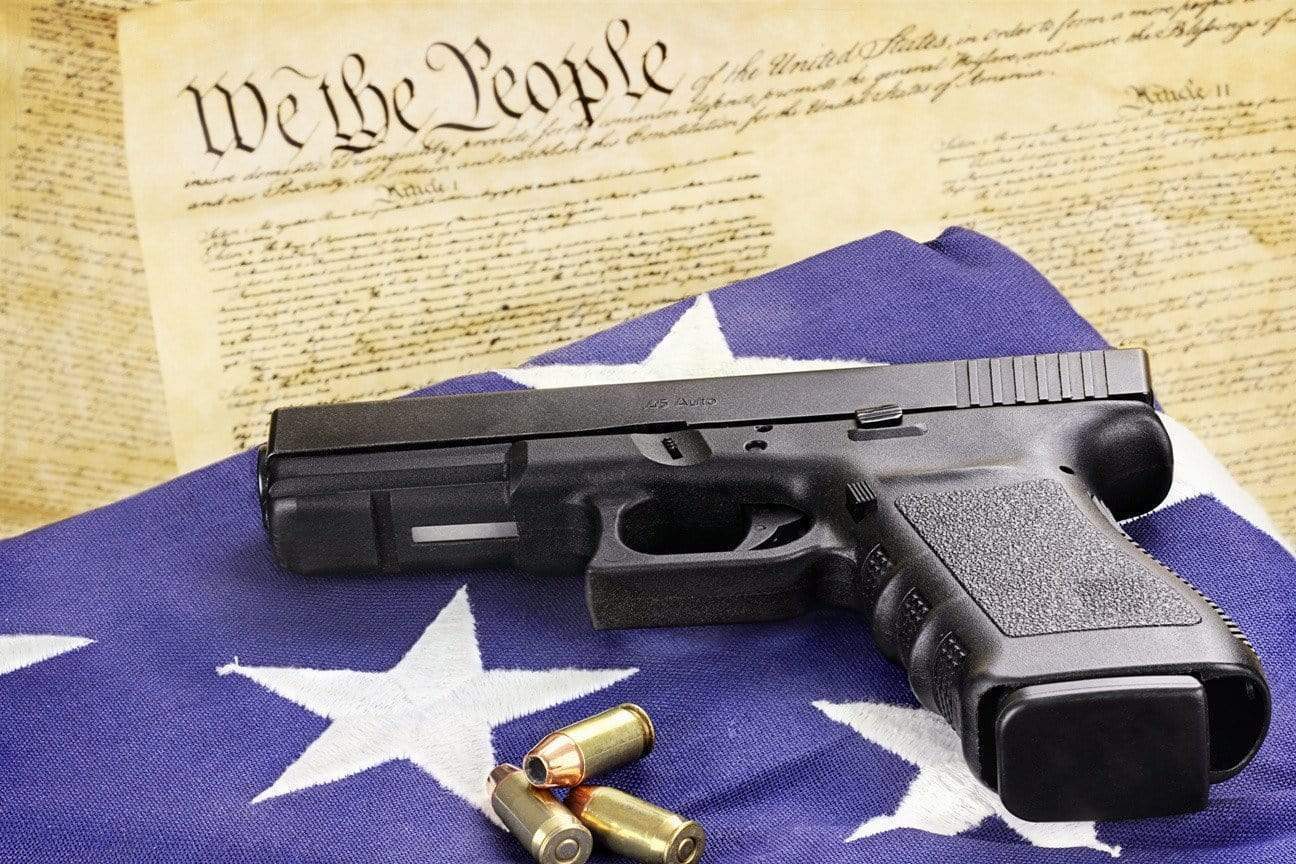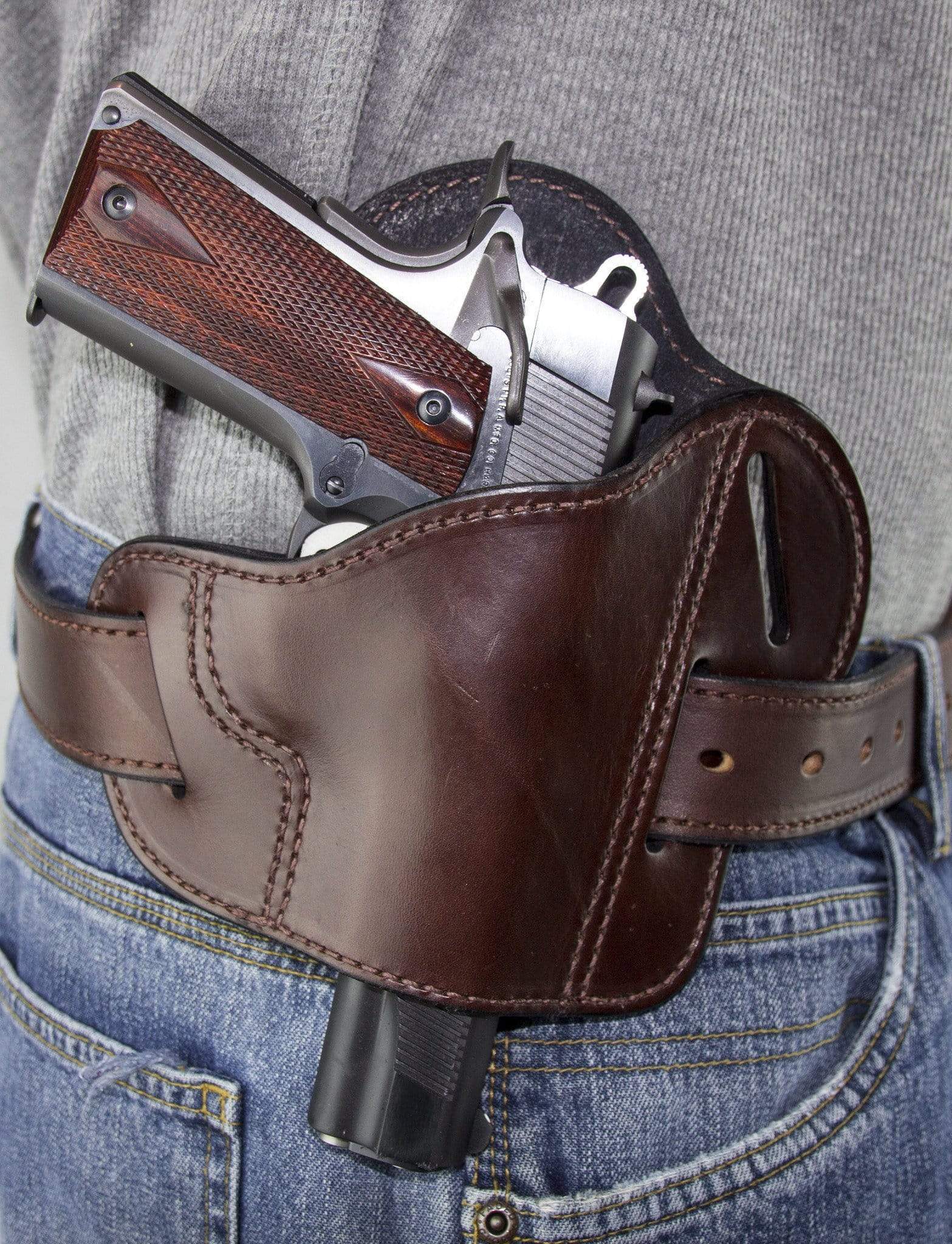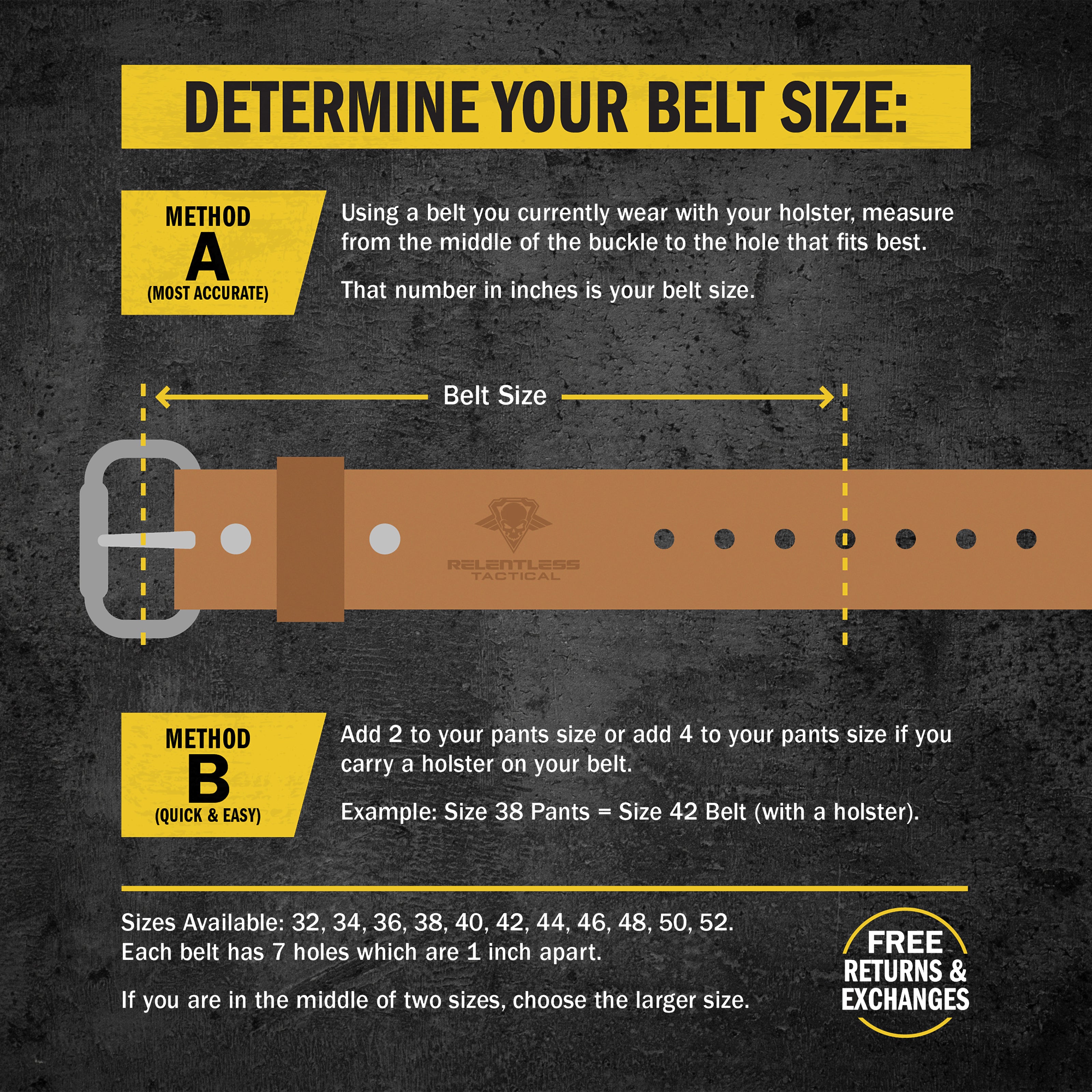How Much Training Is Enough?
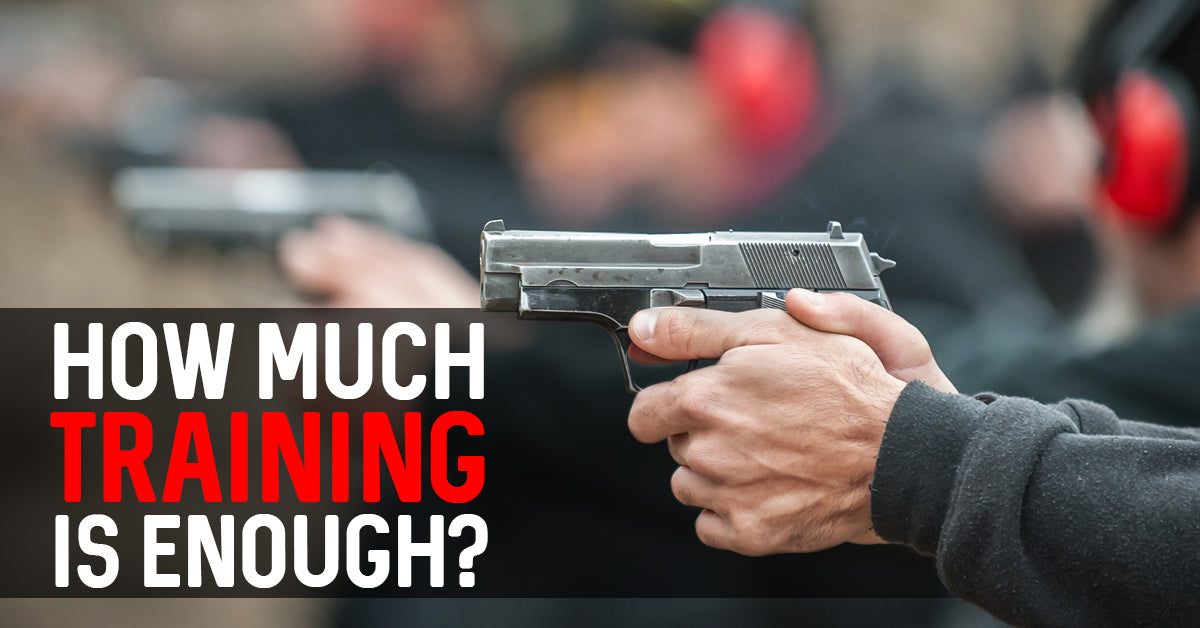
How Much is Enough, When it Comes to Firearms Training?
Maybe you've heard someone say that shooting skills are perishable and that if you don't regularly work on those skills, you will lose them. There is some truth to that and you should be training with your firearms. But let’s say you’re like many adults and haven't ridden a bike in years. You’d still likely be able to ride the bike if needed, you just may not be as agile on it as you were when you rode it to and from school every day.
But that statement does bring up a really important question: How often is often enough to train with your firearm in order to still be effective at self defense? The most simple answer would be to say, “it depends.”
What is enough for one person may not be true for another. There is one thing we can say with certainty, and that is this: Getting regular training with your gun increases your proficiency.
Here’s the thing that nobody admits: we all miss. But, those who practice and train with their guns miss less. From the point of view where you need to defend your life with your handgun, missing could have ramifications that you might not have considered.
If a police officer's errant round strikes an innocent person, and that officer has met the minimum firearm qualifications, they are not going to be held individually liable. Unless, of course, they also did something reckless, unreasonable, or outside of the department's policies.
On the other hand, if you, being a civilian, discharge a round that strikes an innocent person you have no immunity. We’re not saying that the only reason you should be proficient is to stay out of court. But it is important to consider other potential issues arising from inadequate skills.
And of course, there is also the part about your proficiency being able to effectively stop the threat, and if you can’t, it puts your life in danger.
So How Often Should You Be Training?
Many people think of firearm training as only involving live-fire range time. While live-fire is a huge component of it, it is actually only a portion of it. Part of learning how to become proficient with your gun is being comfortable handling it.
Along with safety, you need to have the ability to establish a good grip, draw from a holster, load, unload, chamber a round, clear stoppages, transition from one to two-handed shooting, move with the gun without muzzling yourself or everyone around you, taking your gun apart and putting it back together, and so on.
If you can shoot a good, slow-fire group at 10 yards, but you're not comfortable shooting in unconventional positions, you're being ineffective with your training. When that’s all you do at the range, you're not working on the actual skills necessary to survive a gunfight. You're like a marathon runner training by only running 100-yard sprints.
Handling your unloaded firearm and working various skills or tasks with it outside of the gun range is referred to as dryfire (which we’ve covered more in depth here). How often should you be using dryfire practice? Ideally every day, or several times each week.
Getting the gun in your hands daily, even for just 10 or 15 minutes, is important to help maintain the pathways that connect the muscles to the brain (called neuromuscular pathways). For example, if you've ever driven a rental car that is nothing like your regular car, it can initially feel a bit odd because you’re not used to it.
Think of how that would similarly apply to your home defense gun. If you have only practiced with your semi-auto handgun and left your home defense shotgun to collect dust for a year, you're not going to have that same familiarity and proficiency that you had when you last touched it a year ago. Check out our Tips For Self-Defense in the Home for more information on this subject.
If the answer to how often should we dry fire is “daily,” the question now remains: How often should we live fire then? How much is enough? We've heard people say things like "you should shoot X number of rounds a month." Or "just go shoot as much as you can, because anything is better than nothing."
The truth of the matter is that the volume of rounds does not always create a better shooter. And, likely, you won't be consistent in doing something unless you plan or form a habit. To make matters worse, if you don’t know how to train, you won’t be able to do it properly.
That’s where taking a class comes in.
Professional firearms trainers hold classes that are purpose-built and designed to develop skills, rather than just check a box stating that you shot some rounds. Shooting a ton of ammo, with bad technique, can arguably make you a worse shooter.
It is always recommended that you attend a formally instructed class at least once a year. They can be expensive, but well worth the cost as you’ll be taught concepts and drills you’ve never thought of before and remind you of things you’ve forgotten. Then you can get out to the range without the instructor and work on the skills you learned in your formal class.
To answer the above question, if you can add 8-10 or more practice sessions each year to your formal training class and continue your daily dryfire practice, you're setting yourself up to remain proficient and grow in your firearms skill set.
Conclusion
Firearms training does not have to be a 100% dogmatic training regimen, but it can't be 100% plinking tin cans on a fence post either. If you carry a gun and plan to use it to save your life, your priority should be building a set of appropriate skills and maintaining them through regular dry and live fire training and practice. This includes practicing on your own, as well as in a formal class.

